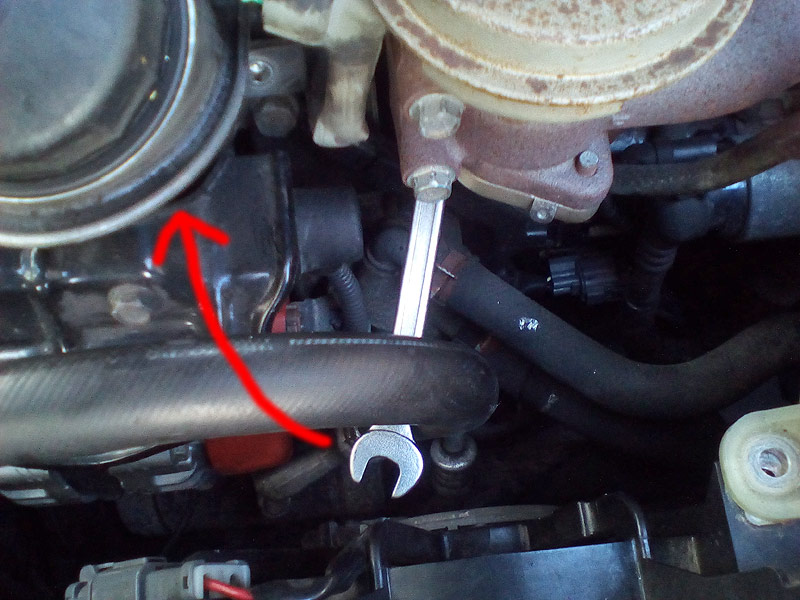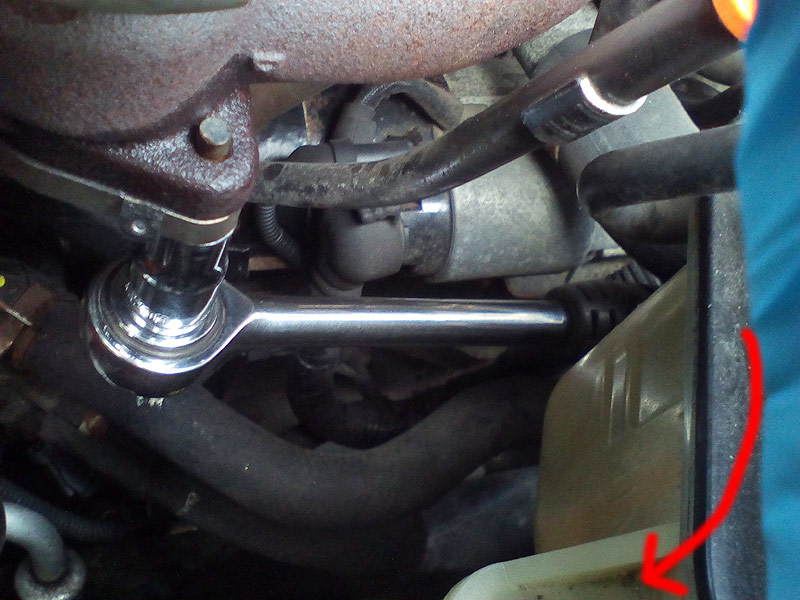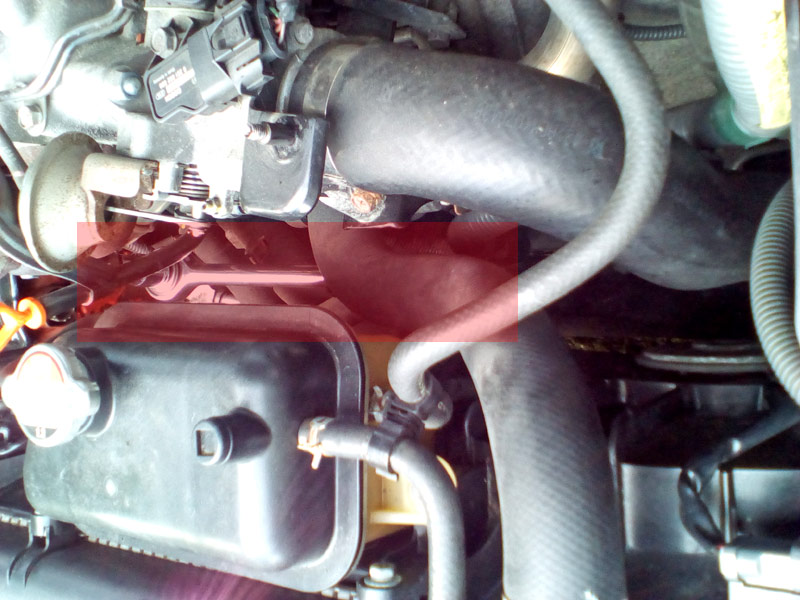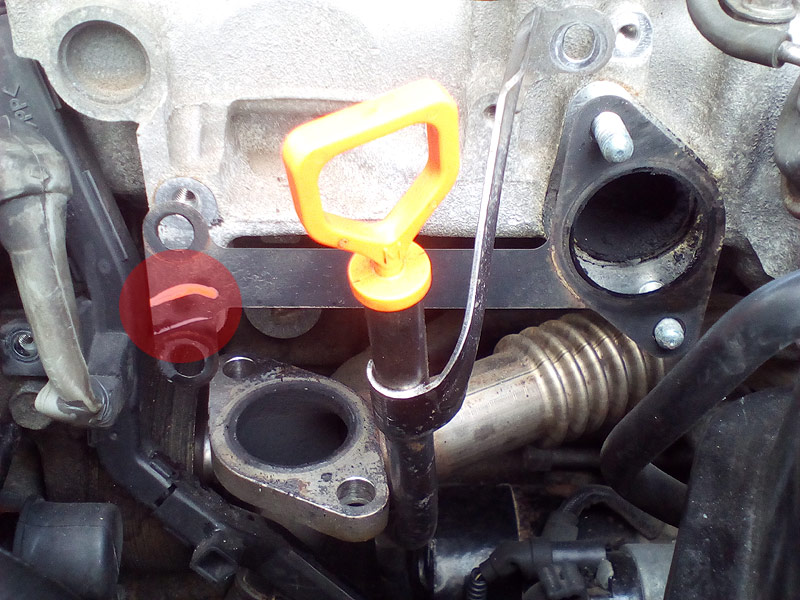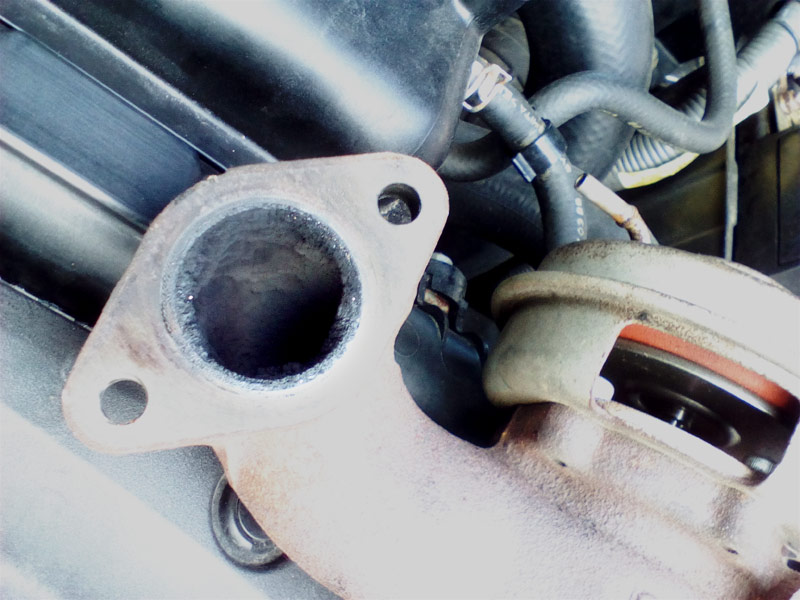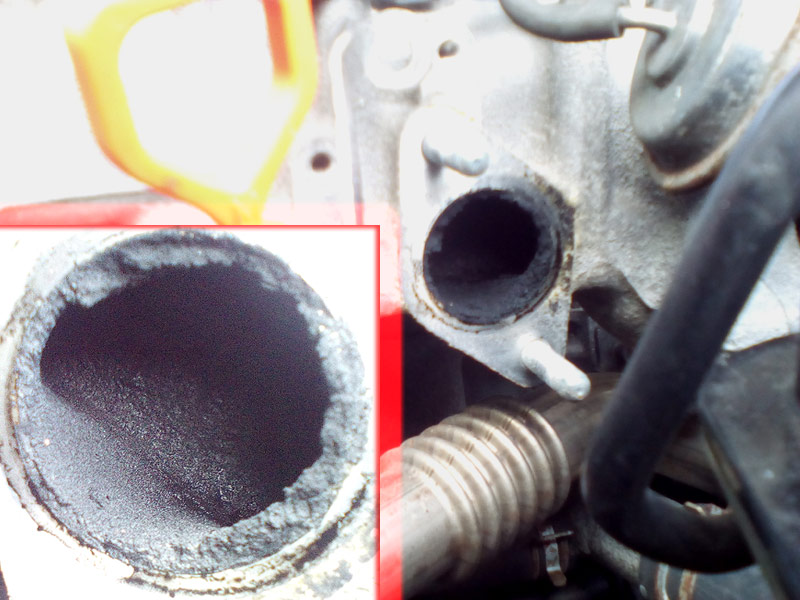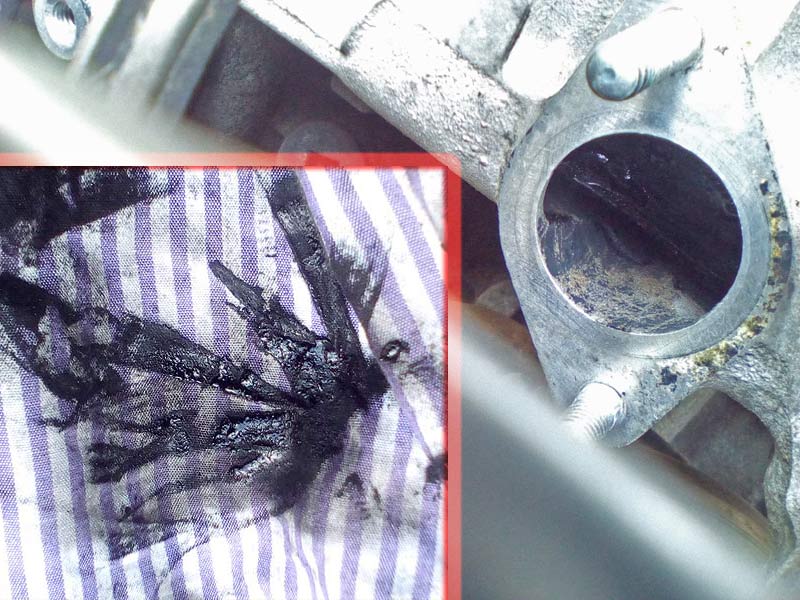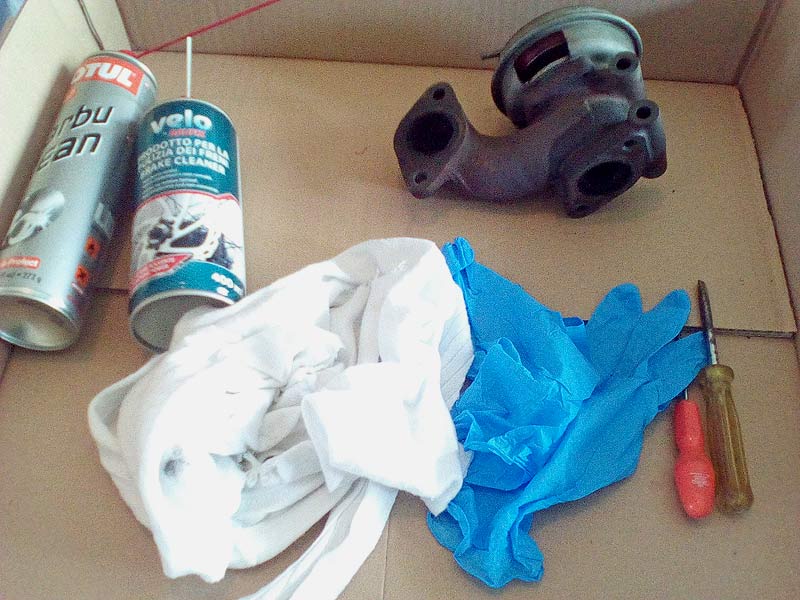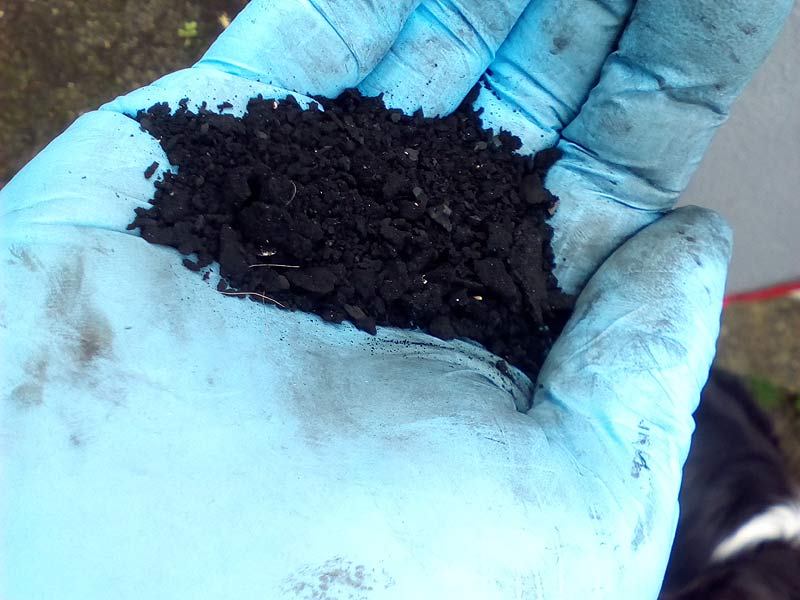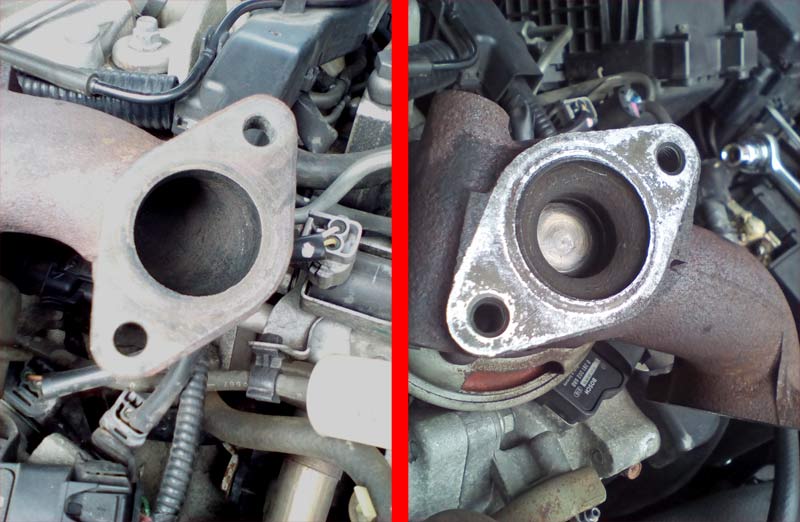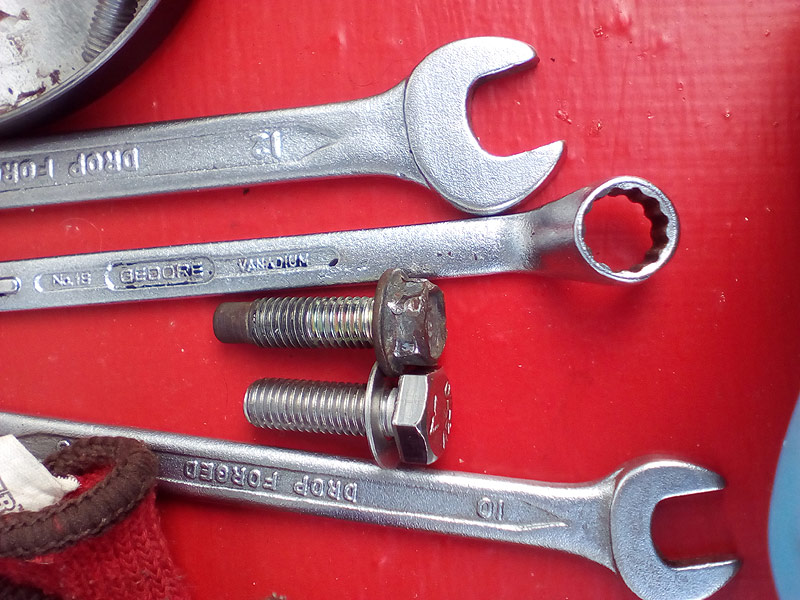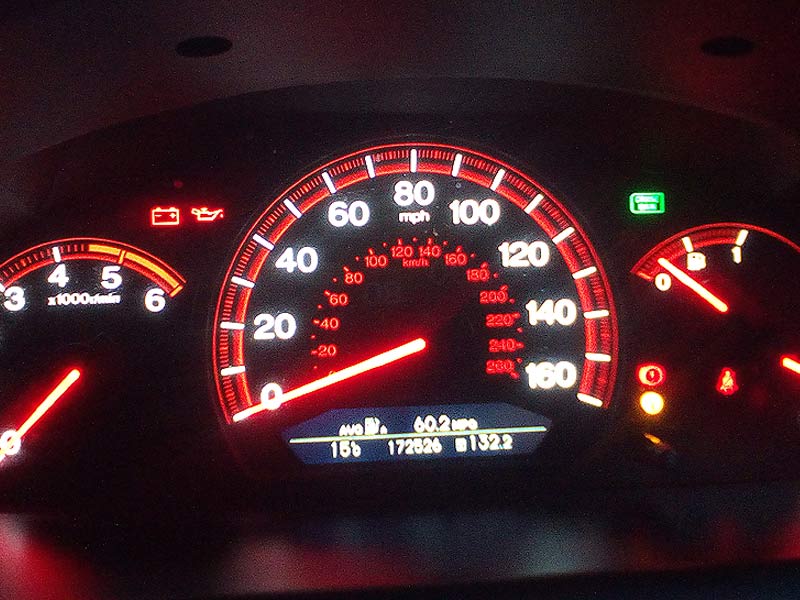Right, This was something I have been putting off since I bought the car earlier this year.
Its a 07 tourer running completely standard with 170,000+ miles.
This is my 5th Honda and 3rd Accord, so i'd be in the "Brand Loyal" camp.
Early yesterday morning I attached the EGR Valve with the aim of cleaning
it and the port it attached to.
I have read through some other threads about removing so I thought
as I was going through the steps I would document it and add my own
experience to the database.
First is to obviously remove the engine cover after removing the 4 8mm dome nuts.
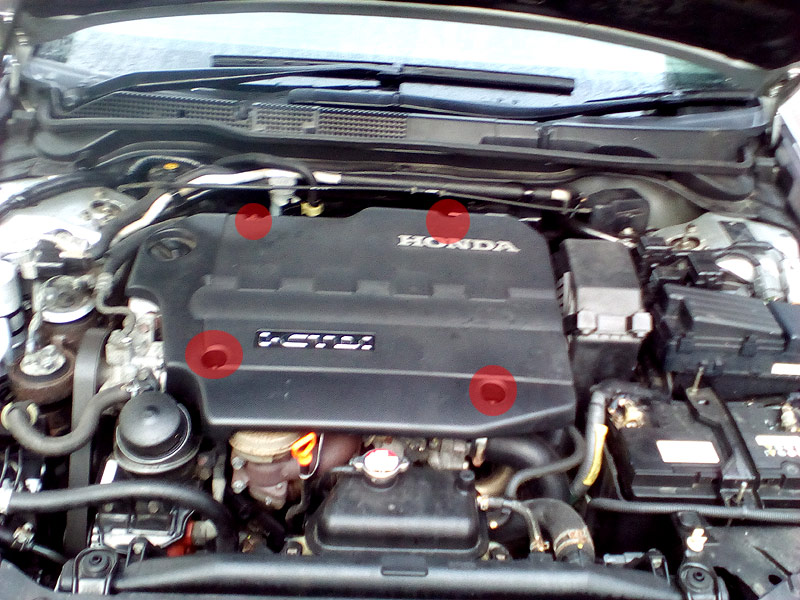
Next was to create some space to enable the removal of the 2 "bottom upside down"
12mm bolts by removing the 10mm bolts holding the radiator expansion tank and
dip stick and by unplugging the electrical connector to the alternator.
.
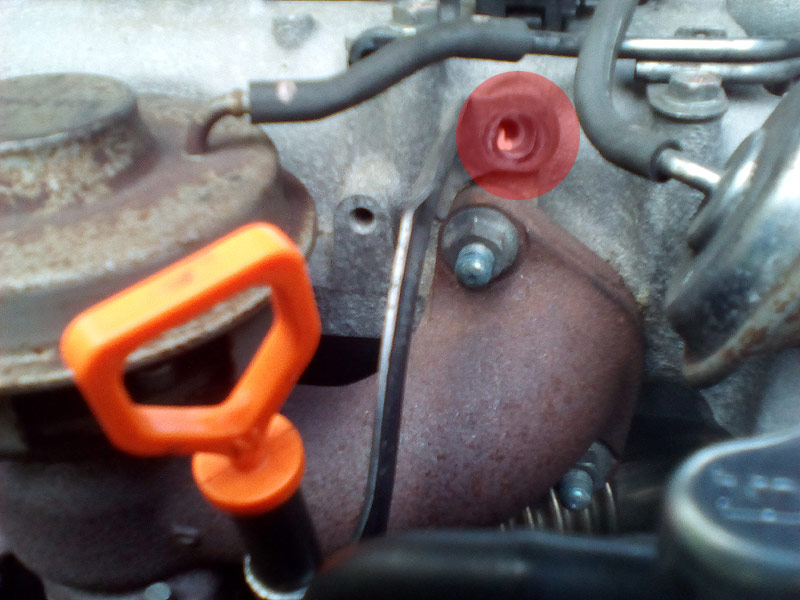
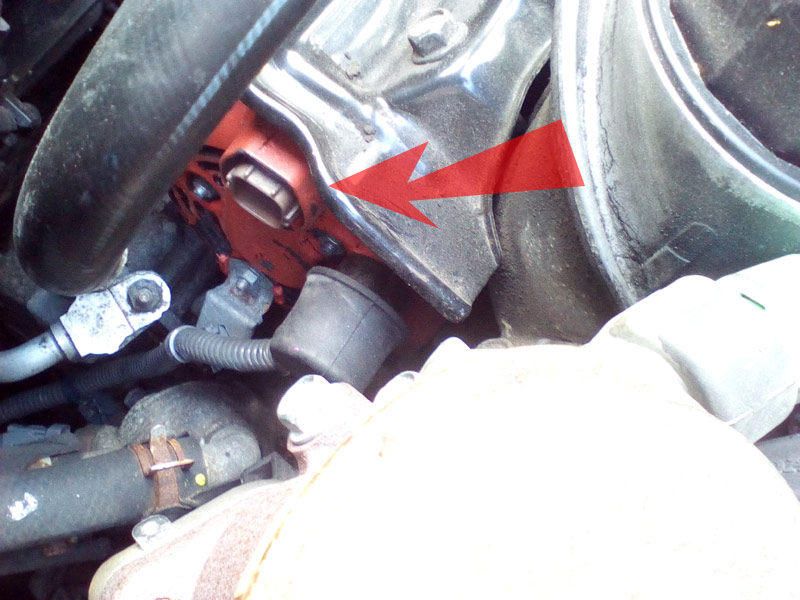
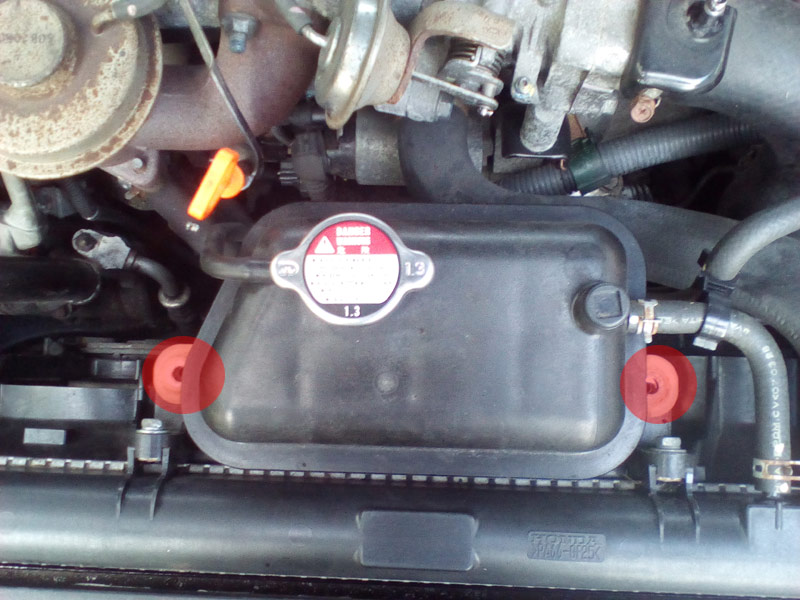
Its a 07 tourer running completely standard with 170,000+ miles.
This is my 5th Honda and 3rd Accord, so i'd be in the "Brand Loyal" camp.
Early yesterday morning I attached the EGR Valve with the aim of cleaning
it and the port it attached to.
I have read through some other threads about removing so I thought
as I was going through the steps I would document it and add my own
experience to the database.
First is to obviously remove the engine cover after removing the 4 8mm dome nuts.

Next was to create some space to enable the removal of the 2 "bottom upside down"
12mm bolts by removing the 10mm bolts holding the radiator expansion tank and
dip stick and by unplugging the electrical connector to the alternator.
.




